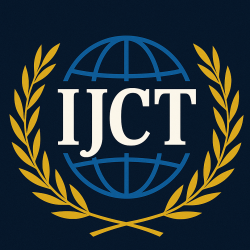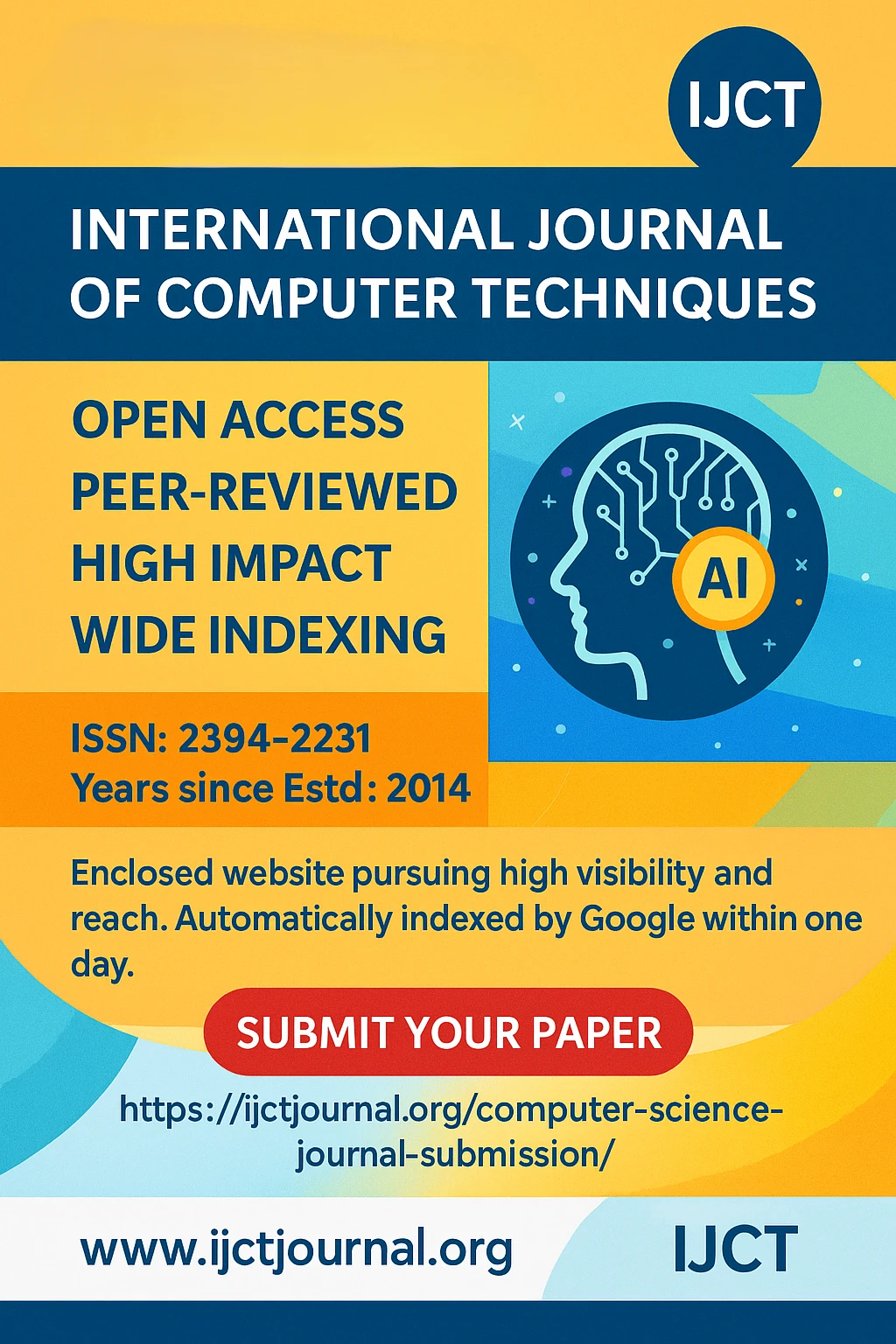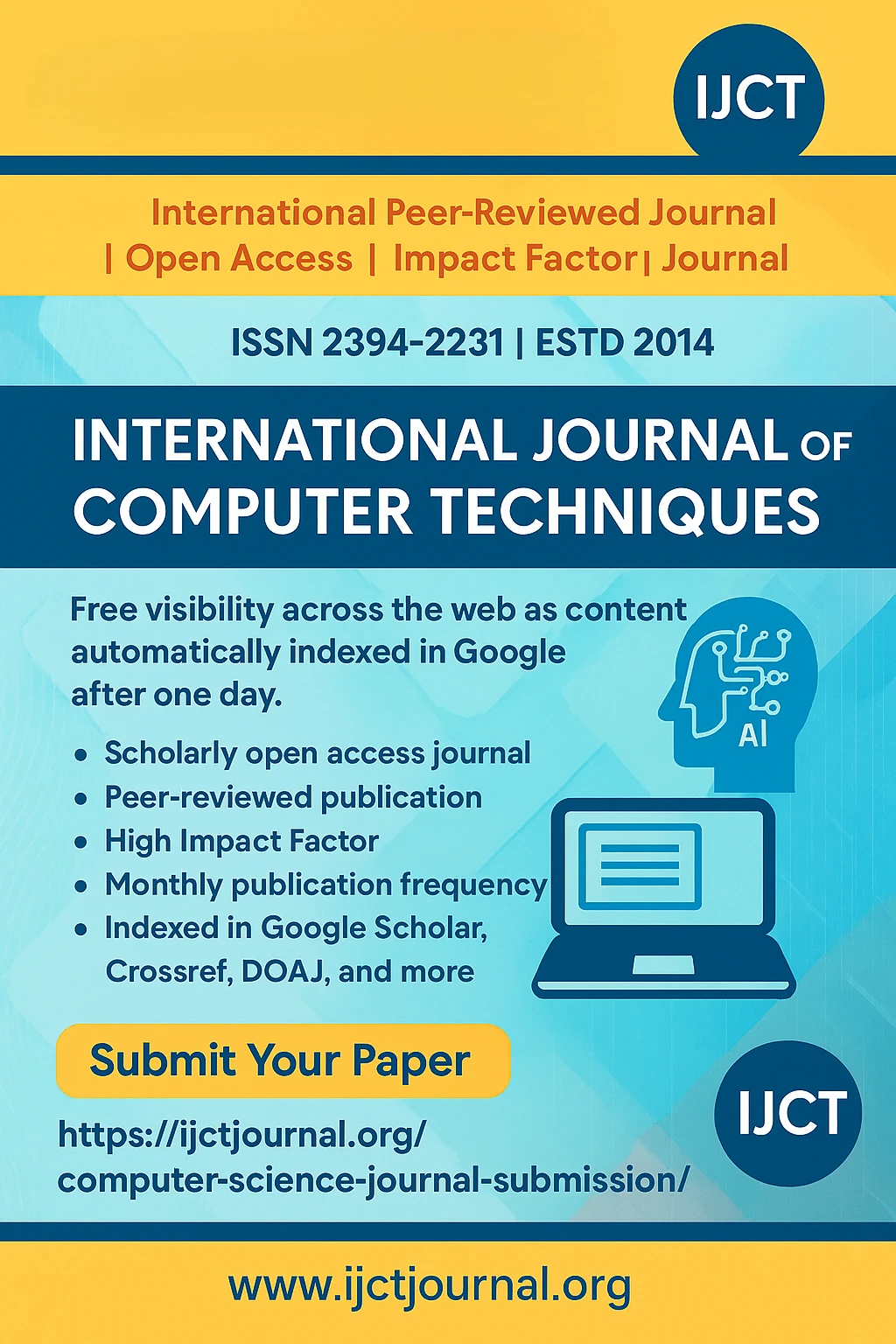
A Survey on Students’ Perception of Grid and Cloud Computing Applications | IJCT Volume 12 – Issue 5 | IJCT-V12I5P83

International Journal of Computer Techniques
ISSN 2394-2231
Volume 12, Issue 5 | Published: September – October 2025
Author
S.E. Adepoju , G. F. Ologunagba
Table of Contents
ToggleAbstract
This study investigates the perception, awareness, and practical engagement with grid and cloud computing technologies among computer science students in Nigerian tertiary institutions. Utilizing a structured online survey, data were collected from 585 respondents across a university and a polytechnic. Results indicate that while a majority of students are theoretically knowledgeable and highly aware, primarily through classroom instruction, there remains a significant gap between this knowledge and practical application. Key findings show that female university students aged 15–20 represent the most active users of cloud services. Despite general satisfaction and trust in cloud technologies, students report limited opportunities for real-world practice, citing infrastructural deficits and minimal hands-on exposure. The study underscores the need for curriculum enhancements, institutional support, and experiential learning strategies to bridge the theory-practice divide, thereby equipping students for future cloud-enabled careers in the digital economy.
Keywords
Tertiary Education, Practical Application, Cloud Computing, Theoretical knowledge, Digital AwarenessConclusion
This study provides significant insights into the perception, awareness, and practical experience of grid and cloud computing among computer science students in Nigerian tertiary institutions. The findings reveal that while students demonstrate substantial theoretical knowledge and general awareness primarily acquired through classroom exposure, there is a notable gap between theory and real-life application. Despite high levels of computer literacy and positive attitudes toward cloud technologies, students struggle to transition this knowledge into hands-on skills, primarily due to limited infrastructure, inadequate exposure to platforms, and a lack of project-based learning environments.
Furthermore, the analysis highlights that female university students aged 15 – 20 show the highest adoption of cloud services, signaling a promising demographic for early technology integration. Overall, students expressed satisfaction and trust in cloud services, recognizing their importance for future careers and organizational success.
Bridging the gap between academic instruction and practical implementation is essential. This can be achieved through curriculum reforms, better institutional support, access to industry-standard tools, and fostering experiential learning. Doing so will empower students not only to understand but to apply these transformative technologies effectively, preparing them for digitally driven careers.
References
I. Foster, C. Kesselman, and S. Tuecke, “The anatomy of the grid: Enabling scalable
virtual organizations,” International Journal of High Performance Computing
Applications, vol. 15, no. 3, pp. 200–222, 2001, doi: 10.1177/109434200101500302.
[2] P. Mell and T. Grance, The NIST Definition of Cloud Computing (NIST Special
Publication 800-145). Gaithersburg, MD, USA: National Institute of Standards and
Technology, 2011, doi: 10.6028/NIST.SP.800-145.
[3] S. Singh, Y. S. Jeong, and J. H. Park, “A survey on cloud computing security: Issues,
threats, and solutions,” Journal of Network and Computer Applications, vol. 75, pp.
200–222, 2016.
[4] S. B. Shaw and A. K. Singh, “A survey on cloud computing,” International conference
on green computing communication and electrical engineering (ICGCCEE), Mar. 2014,
pp. 1–6, doi: 10.1109/ICGCCEE.2014.6921423.
[5] S. A. Bashir, O. S. Adebayo, S. O. Abdulsalam, J. S. Sadiku, and M. A. Mabayoje, “A
survey of cloud computing awareness, security implication and adoption in Nigeria IT
based enterprises,” 2015. Unpublished.
[6] I. Nezianya, “Impact of cloud computing technology on record management of secondary
schools in Agbani education zone of Enugu State,” Sapientia Foundation Journal of
Education, Sciences and Gender Studies (SFJESGS), vol. 6, no. 1, pp. 339–347, Mar.
2024.
[7] F. Dahunsi and T. Owoseni, “Cloud computing in Nigeria: The cloud ecosystem
perspective,” Nigerian Journal of Technology, vol. 34, no. 1, pp. 209–216, 2015, doi:
10.4314/njt.v34i1.26.
[8] G. M. Muriithi and J. E. Kotzé, “A conceptual framework for delivering cost-effective
business intelligence solutions as a service,” Proceedings of the South African Institute
for Computer Scientists and Information Technologists Conference, Oct. 2013, pp.
96–100.
[9] S. Sasikala and S. Prema, “Massive centralised cloud computing (MCCC) exploration in
higher education,” 2011. Unpublished.
Journal Covers
IJCT Important Links
© 2025 International Journal of Computer Techniques (IJCT).
Related Posts:











